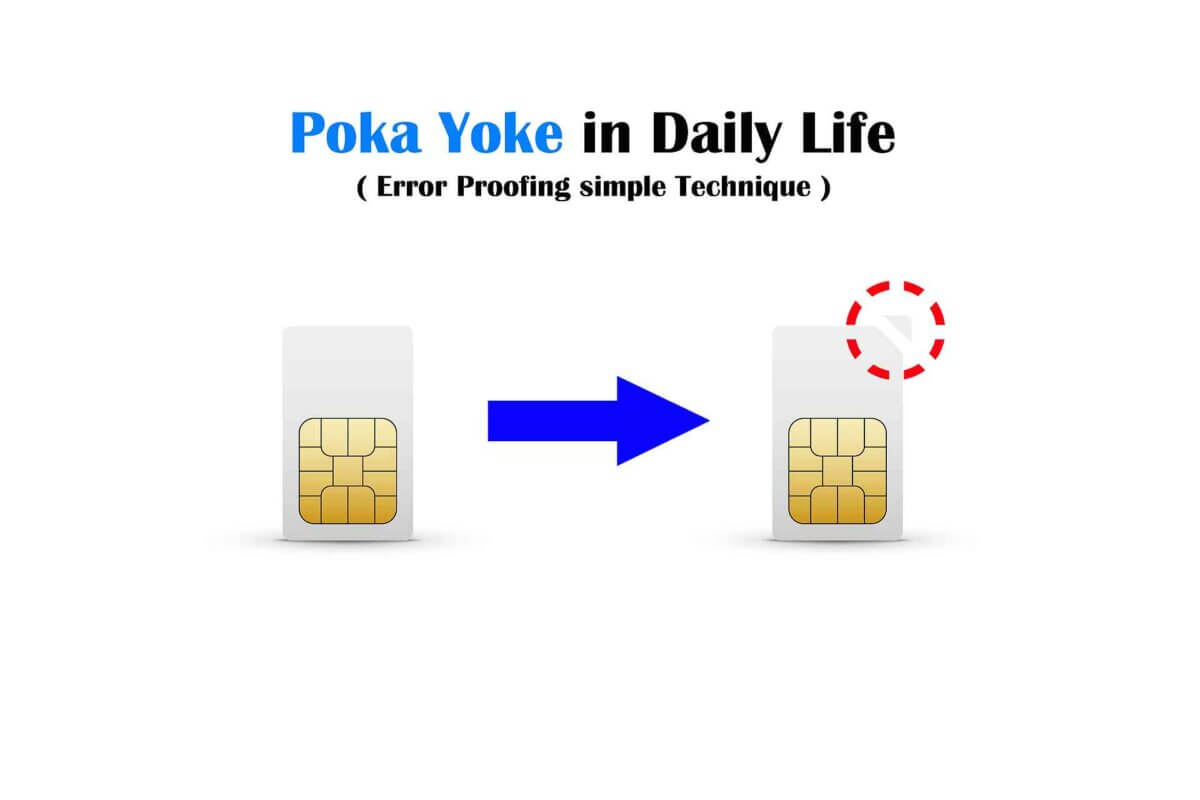At Topcraft Precision, we make sure the parts we make are right the first time. That’s where poka-yoke (mistake-proofing) comes in. From simple jigs to sophisticated software checks, poka-yoke takes many forms in machining, and we use them all to keep defects at bay.
In this blog, we’ll explore real-world poka-yoke applications in precision manufacturing, share case studies from our shop floor, and explain how proactive systems help us deliver consistent quality.
What is Poka-Yoke? (And Why It Matters in Machining)
Poka-yoke, a Japanese term meaning “mistake-proofing,” is about designing processes so errors either can’t happen or get caught immediately. It’s not just about catching mistakes. It’s about preventing them from ever being an option.
In machining, even tiny errors can lead to costly rework, delays, or worse, failed parts in the field. That’s why we integrate poka-yoke at every stage, from raw material inspection to final assembly.
Poka-Yoke in Action: Real Machining Examples
1. Physical Fixtures & Jigs: The First Line of Defense
One of the simplest yet most effective poka-yoke methods is using fixtures and jigs that only allow parts to be loaded correctly.
Example: A hex-shaped shaft must mate perfectly with another component. If nicks or burrs form during handling, assembly can bind. Our solution? A final wash-and-deburr station with poka-yoke checks to confirm every edge is smooth before packaging.
Result: No more assembly headaches. Just parts that fit like they should.
2. Vision Systems for Missing Features
When a customer faced issues with missing drilled holes on fuel system pins, manual inspection wasn’t cutting it. We implemented a multi-point vision system that scans each part before packaging.
How it works: Cameras verify critical features. If something’s missing, the system flags it before the part leaves our facility.
Outcome: Zero defective shipments, just reliable parts, every time.
3. Probing Routines for Correct Stock Alignment
Misaligned stock can ruin a CNC-machined part. To prevent this, we use touch probes that automatically check stock position before machining begins.
Process: The probe verifies the workpiece is seated correctly. If not, the machine pauses until the operator fixes it.
Why it matters: No more scrapped parts from misloaded material.
4. Automated Counters for Fixed-Value Checks
In high-volume production, forgetting a step is easy. That’s why we use fixed-value poka-yoke (like ensuring every assembly gets exactly six screws).
Implementation: Screws are pre-counted into containers. If any remain after assembly, the operator knows something’s wrong.
Benefit: No under-torqued or missing fasteners.
How Topcraft Uses Poka-Yoke to Drive Quality
1. Error-Proofing from Design to Delivery
We don’t wait for defects to show up. We design them out early.
For example:
- Stainless Steel Shaft Issue: Knurling was cracking plastic mating parts. Our team redesigned the knurl profile to distribute pressure evenly, eliminating failures.
2. Combining Human Skill with System Safeguards
Even the best machinists can overlook details.
That’s why we pair their expertise with poka-yoke checks:
- Example: Before heat-treating a diesel engine adapter, we verify dimensions with probing routines. This prevents post-treatment surprises.
3. Continuous Improvement Through Feedback Loops
When an error slips through (rare, but it happens), we ask:
- Why did it happen?
- How can we prevent it next time?
Then we update our poka-yoke systems accordingly.
The Bottom Line: Fewer Errors, Happier Customers
Poka-yoke isn’t about fancy tech. It’s about smart solutions that make errors impossible. Whether it’s a simple fixture or an AI-driven vision check, the goal is the same: parts that meet specs, every time.
At Topcraft, we’ve seen firsthand how proactive mistake-proofing saves time, reduces waste, and keeps customers coming back. Because in precision manufacturing, “good enough” isn’t good enough.
Meta Description: Discover how Topcraft Precision uses poka-yoke (mistake-proofing) in machining, from jigs to vision systems, to eliminate defects and deliver flawless parts.

